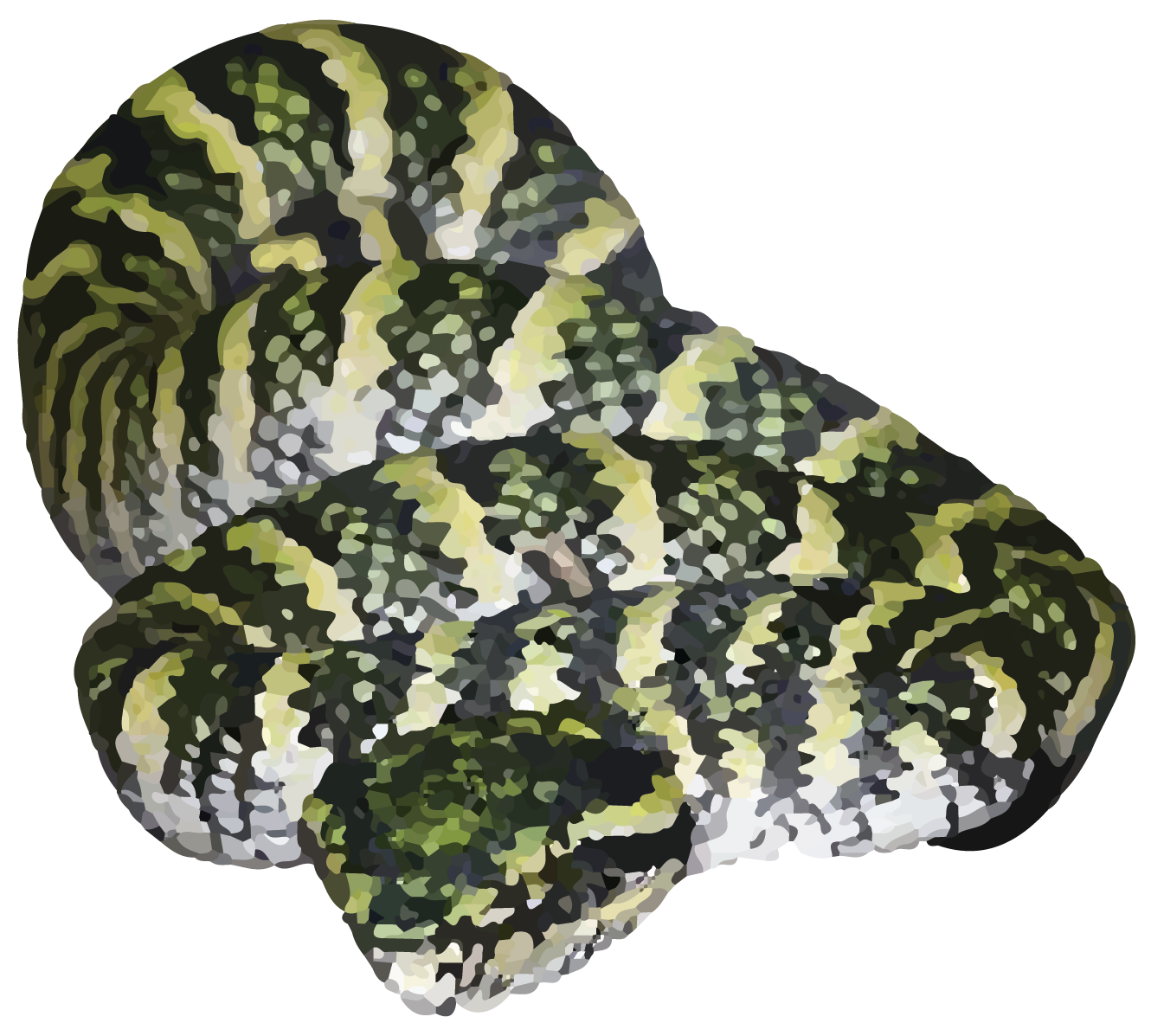Hutton’s Pit Viper

- Habitat: Montane forests and bamboo thickets
- Distribution: Found in parts of Southeast Asia, including Thailand and Myanmar
- Diet: Small mammals, birds, lizards, and frogs
- Size: Typically 1.5-2 feet in length
Physical Description:
- Appearance: Hutton’s Pit Viper has a stout body with keeled scales. Its coloration is typically brown or gray with darker crossbands or blotches, which help it blend into its rocky and forested surroundings. The head is broad and triangular, distinct from the neck, and it features the characteristic heat-sensing pits of pit vipers.
- Size: Adults typically measure between 60 to 90 cm (24 to 35 inches) in length.
- Tail: The tail is relatively short and tapering.
Conservation:
- Status: The conservation status of Hutton’s Pit Viper is not well-documented, but it may face threats from habitat loss due to deforestation and human encroachment.
- Protection: Conservation efforts should focus on habitat preservation and protecting montane forests and rocky hillsides from further destruction.
Importance:
- Ecological Role: As a predator, Hutton’s Pit Viper helps regulate populations of small vertebrates, contributing to the ecological balance in its habitat.
- Human Interaction: While its venom is potent and can cause significant pain, swelling, and tissue damage, bites to humans are rare. People should exercise caution and avoid handling or provoking these snakes.
